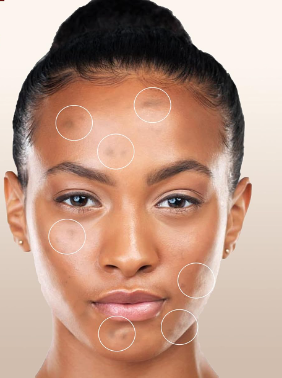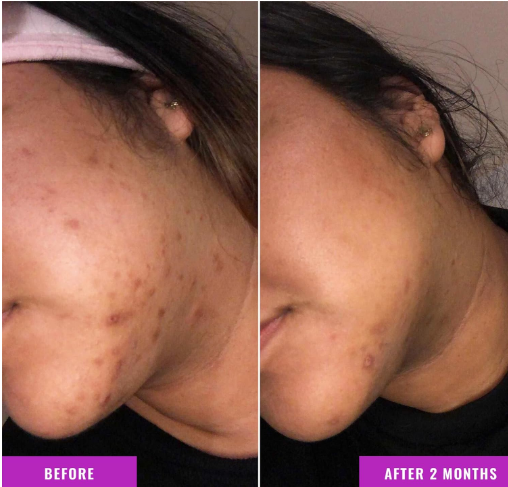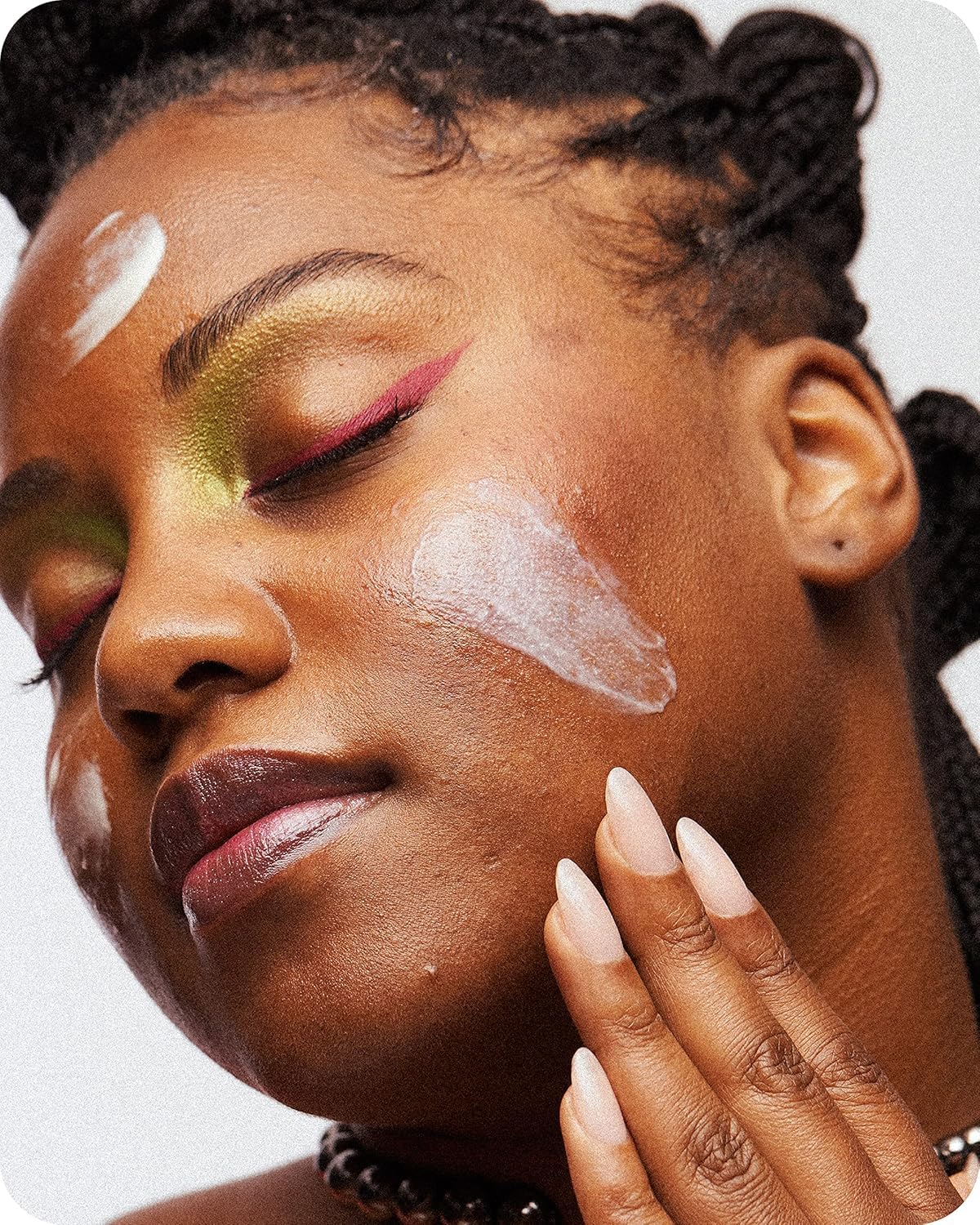What Removes Pigmentation on Face? Your Go-To Guide for Clearer Skin
Dealing with pigmentation on your face can sometimes feel overwhelming. Fortunately, there are multiple options to effectively reduce and even remove those dark spots. From professional treatments to natural remedies, you have choices that can help you achieve a more even skin tone.

Understanding what causes pigmentation is the first step in finding the right solution. Whether it’s sun exposure, hormonal changes, or skin conditions, knowing the root cause can guide you in choosing the best method to tackle those pesky spots.
Getting started on your journey to clearer skin doesn’t have to be complicated. With the right information and approach, you can find a treatment that works for you.
Key Takeaways
- Various methods are available to address skin pigmentation effectively.
- Knowing the cause of pigmentation helps in selecting the right treatment.
- Simple lifestyle changes can support your skin health and prevent future spots.
Understanding Pigmentation
Pigmentation refers to the color of your skin, and changes in it can affect your appearance. Different factors, like sun exposure and hormonal changes, can lead to uneven skin tone or dark spots. Learning about types and causes of pigmentation helps you find the right treatments.
Types of Hyperpigmentation
Hyperpigmentation occurs when there’s an excess production of melanin in certain areas of the skin. Here are some common types you might encounter:
- Melasma: Often linked to hormonal changes, melasma appears as brown or gray patches, mostly on your face. It can worsen during pregnancy or with birth control use.
- Age Spots: These are flat, brown spots usually found on sun-exposed areas, like your face and hands. They develop due to years of sun exposure.
- Freckles: Common in lighter skin types, freckles are small brown spots that appear in areas regularly exposed to sunlight.
- Sun Spots: Also known as liver spots, these develop from excessive sun exposure. They look similar to age spots and are often harmless.
- Post-Inflammatory Hyperpigmentation: This type occurs after skin injury or inflammation, like from acne or eczema, leading to darker spots where the skin has healed.
Causes of Increased Melanin Production
Melanin gives skin its color, and several factors can lead to its increased production. Here’s what you should know:
- Sun Exposure: The most significant cause. UV rays stimulate melanocytes, leading to dark spots.
- Hormonal Changes: Fluctuations, especially during pregnancy or hormonal treatments, can cause conditions like melasma.
- Genetics: Your family history can influence your skin’s tendency to develop pigmentation disorders.
- Age: As you age, your skin may produce more melanin in specific areas, leading to age spots.
- Certain Medications: Some drugs can cause pigmentation changes as a side effect. Always consult your healthcare provider if you notice changes.
By understanding these aspects of pigmentation, you can better address any concerns and seek appropriate treatments.
Professional Treatments
If you’re dealing with pigmentation on your face, there are several professional treatments that can help. Each treatment has its own strengths and can be tailored to meet your specific skin needs. Here’s a closer look at some popular options.
Laser Therapies for Pigmentation Removal
Laser treatment is a top choice for many dealing with skin pigmentation. The Q-switched laser is especially effective for targeting dark spots. It works by delivering short bursts of high-intensity light that break up the pigment in your skin.
During a session, your dermatologist will direct the laser at the affected areas. You may feel a slight tingling, but it’s generally quick and tolerable. Most people need two to four sessions to achieve noticeable results.
After treatment, you might experience some redness, similar to a mild sunburn. This usually fades within a few days. Following up with sunscreen is crucial to protect your skin and maintain the results.
Chemical Peels and Their Effects
Chemical peels involve applying a solution to your skin that helps remove the outer layers. This process is great for lightening pigmentation and improving skin texture.
There are different types of peels, such as light, medium, and deep. Light peels can be done during a lunch break, but deeper ones may require downtime. Your dermatologist will recommend the best choice based on your skin.
After a peel, your skin will peel and slough off dead cells over the following days. You might notice brighter skin soon after. It’s essential to keep your skin moisturized and avoid sun exposure to maximize benefits.
Microdermabrasion and Skin Resurfacing
Microdermabrasion is a gentle technique that exfoliates the skin using tiny crystals. This method helps remove dead skin cells, giving your face a fresher look and reducing pigmentation over time.
The procedure is quick and often painless. Many choose to have it done in a series of sessions for the best results. You may notice an immediate improvement in skin tone and texture.
Post-treatment, your skin might feel a bit sensitive. Keep it hydrated and protected with sunscreen for optimal recovery. Microdermabrasion is suitable for most skin types and is a great option if you prefer a non-invasive approach.
Topical Treatments and Skincare

When it comes to addressing pigmentation on your face, the right topical treatments and a solid skincare routine make a big difference. You can incorporate effective ingredients and ensure you’re protecting your skin daily for the best results.
Effective Ingredients in Topical Creams
Choosing the right products is key. Look for creams containing hydroquinone, which is known for its skin lightening properties. Another good option is kojic acid, which helps inhibit melanin production.
You might also consider azelaic acid and retinoids. They work to reduce dark spots and improve overall skin texture. Vitamin C is a fantastic antioxidant that brightens your complexion and protects against damage. For a milder option, niacinamide can help even out skin tone. Always opt for non-comedogenic products, so they won’t clog your pores. You may also come across arbutin, which is a natural alternative to hydroquinone.
Importance of Sun Protection
Sun protection is essential when dealing with pigmentation. UV rays can darken existing spots and lead to new ones forming. Make sure to use a broad-spectrum sunscreen with an SPF of at least 30 daily, even on cloudy days.
Reapply sunscreen every two hours, especially if you’re outdoors. You can also wear protective clothing and seek shade during peak sun hours to better shield your skin. Remember, incorporating sun protection into your routine boosts the effectiveness of your other treatments.
Daily Skincare Routine for Pigmentation
Creating a daily routine tailored to pigmentation can make a real difference. Start with a gentle cleanser to remove dirt without stripping your skin. After that, apply a vitamin C serum in the morning for brightening and protection.
At night, focus on your treatment creams containing key ingredients like retinoids or hydroquinone. Follow up with a good moisturizer to keep your skin hydrated and healthy. Consider exfoliating 1-2 times a week with alpha hydroxy acids to help remove dead skin cells and allow other products to absorb better. This routine will help you see improvements over time, giving your skin a clearer and more even look.
Natural and Home Remedies
There are many natural remedies that you can use to help reduce pigmentation on your face. These options come from your kitchen and nature, offering gentle yet effective solutions. Here’s a closer look at some popular choices.
Kitchen Staples for Skin Care
You likely have some great ingredients in your kitchen already. Aloe vera gel is famous for its soothing properties. Apply it directly to your skin to help lighten dark spots.
Honey is another powerful ingredient. It’s full of antioxidants and can hydrate your skin while helping fade pigmentation. Just spread a thin layer on your face and rinse it off after 20 minutes.
Lemon juice is often used due to its natural acidity. Mix it with honey for a more nourishing mask. While it can help lighten spots, always remember to use sunscreen afterward, as lemon juice can make your skin more sensitive to the sun.
Turmeric is also a popular choice. Make a paste by mixing turmeric with milk or yogurt. It has anti-inflammatory properties that can brighten your complexion.
Herbal Extracts and Natural Oils
Herbal extracts and oils can also work wonders on pigmentation. Green tea contains antioxidants. You can brew it and apply it as a cool compress or use green tea extract in your skincare routine.
Apple cider vinegar is known for its ability to balance skin pH. Mix it with water and apply it to dark spots, but remember not to overdo it.
Onion juice might sound unusual, but it has natural brightening properties. Apply it to affected areas and wash it off after a few minutes.
Potato juice is another helpful remedy. Applying it can help lighten pigmentation over time.
Black tea water can be soothing and may also help reduce dark spots. Use it as a toner after brewing a strong batch.
Using these natural remedies consistently can help make a noticeable difference in your skin’s appearance.
Lifestyle Factors and Prevention
Maintaining healthy skin involves understanding how your lifestyle choices can affect pigmentation. By focusing on diet, genetics, and medication, you can take steps to prevent unwanted skin darkening.
Role of Diet and Nutrition
Your diet plays a big role in skin health. Foods rich in antioxidants, vitamins, and minerals can help combat skin pigmentation. Think of fruits like berries and vegetables like spinach. These are full of vitamins C and E, which can promote a radiant complexion.
Hydration is also key. Drinking enough water helps your skin stay supple and minimizes the risk of dryness that can lead to irritation. Avoiding processed foods and excessive sugar can reduce inflammation and skin issues. To really boost your skin’s health, add omega-3 fatty acids found in fish, nuts, and seeds to your meals.
Understanding Genetic Predisposition
Genetics can influence how your skin reacts to various factors, including pigmentation. If your family has a history of pigmentation issues, you may be more likely to experience them, too. This could mean darker spots or uneven skin tone.
While you cannot change your genetics, knowing your skin type can help you choose the right products. For example, if your skin is sensitive, opt for gentle cleansers and avoid harsh ingredients that could worsen pigmentation. It’s important to tailor your skincare routine to fit your specific needs based on your genetic background.
Managing Drug-Induced Pigmentation
Some medications can cause pigmentation changes as a side effect. This is known as drug-induced pigmentation. Common culprits include certain antibiotics, anti-seizure drugs, and hormone therapies.
If you’re taking medication that you think may affect your skin, consult your doctor about alternatives. Don’t stop any medication without professional guidance. Also, be mindful of sun exposure while on these medications, as it may exacerbate pigmentation. Always use sunscreen, which protects your skin from further damage and darkening.
Incorporating these lifestyle factors can help you minimize pigmentation issues effectively.
Frequently Asked Questions
When it comes to dealing with facial pigmentation, many people have questions about remedies, treatment times, and effective products. Here are some answers to help you navigate your options.
What’s the best home remedy to get rid of facial pigmentation?
One popular home remedy is using lemon juice, which has natural bleaching properties. Mixing it with honey can enhance its effects. Another option is using aloe vera, known for its soothing qualities.
How quickly can hyperpigmentation be faded from the face?
Fading hyperpigmentation can take time. You might start seeing results in 4 to 6 weeks with consistent treatment. Some cases may take several months, depending on the severity.
Can you totally get rid of pigmentation on your face?
Completely removing pigmentation is challenging. Many treatments can significantly reduce the appearance, but results vary by individual. It may not disappear entirely, but you can expect improvement.
What treatments are most effective for facial pigmentation?
Topical treatments with ingredients like vitamin C, retinoids, and hydroquinone are considered effective. Chemical peels and laser therapy are also popular options that can provide faster results.
Are there any quick fixes for facial hyperpigmentation?
Quick fixes include using concealers or foundations that provide good coverage. While these won’t remove pigmentation, they can help mask it temporarily for a smoother appearance.
What creams can help with pigmentation removal on the face?
Look for creams containing ingredients like niacinamide, azelaic acid, or kojic acid. Products with these components can help brighten and even out skin tone over time.

